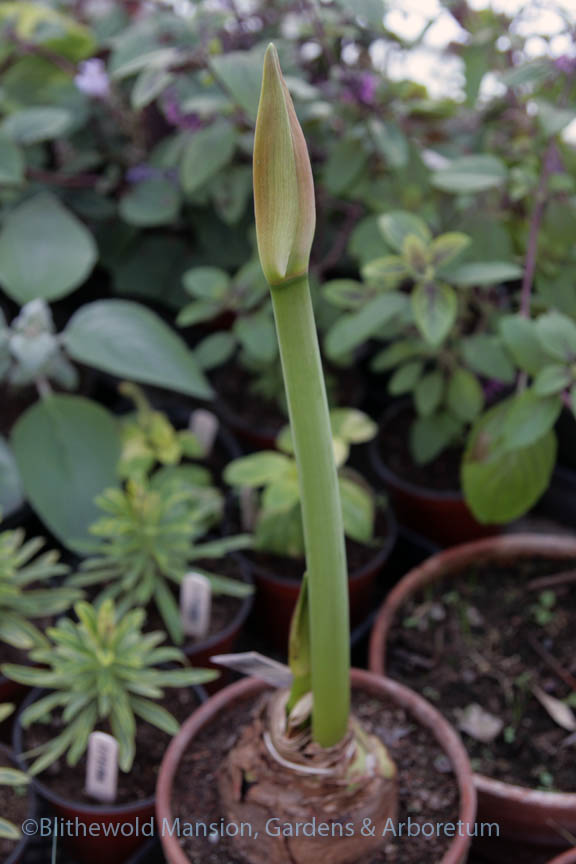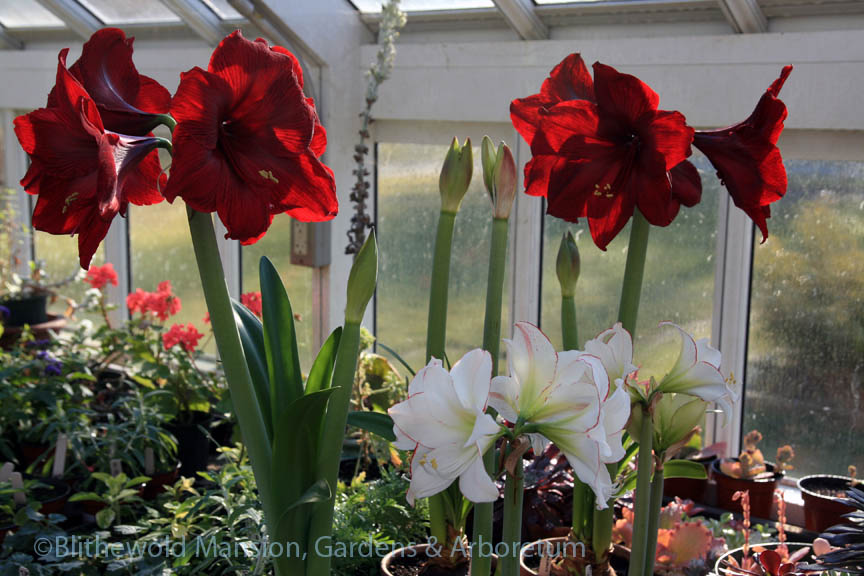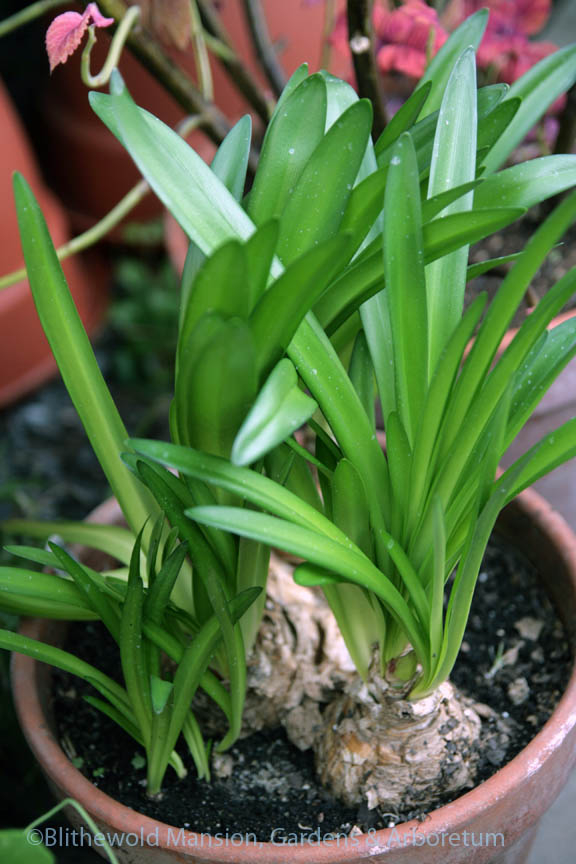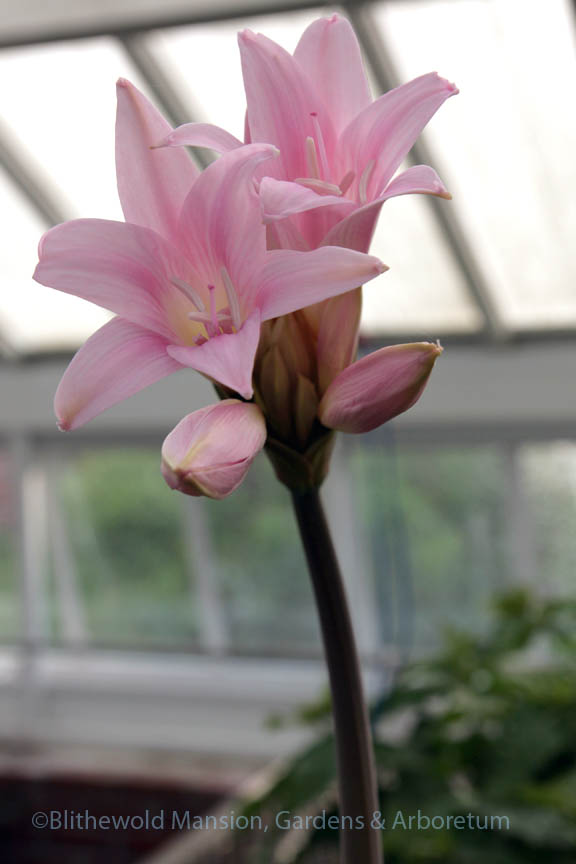Understanding amaryllis
 I have had a mental block about proper amaryllis care. I have read all of the advice I could find and remained deeply confused. For years. And I think I just figured out why. No matter what I read and what the plant was trying to tell me, I have still expected amaryllis to behave like every other bulb I know. My brain thinks they should bloom their hearts out — preferably sometime around Christmas — and then disappear for awhile. I have treated them like daffodils, tolerating their great strappy foliage for a mere six weeks or so before inducing dormancy. Conversely, like resurrection lilies (Lycoris squamigera) or Autumn crocus (Colchicum autumnale) I have also guessed wrongly that their foliage might want to grow for a short time at some other time of year (to be determined by my whim apparently) and then disappear for a while. I have mistreated all sorts of bulbs all sorts of ways and have been lucky enough that some have bloomed again anyway usually at some weird time of year thus deepening my confusion.
I have had a mental block about proper amaryllis care. I have read all of the advice I could find and remained deeply confused. For years. And I think I just figured out why. No matter what I read and what the plant was trying to tell me, I have still expected amaryllis to behave like every other bulb I know. My brain thinks they should bloom their hearts out — preferably sometime around Christmas — and then disappear for awhile. I have treated them like daffodils, tolerating their great strappy foliage for a mere six weeks or so before inducing dormancy. Conversely, like resurrection lilies (Lycoris squamigera) or Autumn crocus (Colchicum autumnale) I have also guessed wrongly that their foliage might want to grow for a short time at some other time of year (to be determined by my whim apparently) and then disappear for a while. I have mistreated all sorts of bulbs all sorts of ways and have been lucky enough that some have bloomed again anyway usually at some weird time of year thus deepening my confusion.
I think I finally get it. Amaryllis aren’t like other bulbs. They have a really long growing season that only starts with the flower. After bloom we have to treat their strappy foliage like a most beloved houseplant, giving it the best sunniest windowsill, pride of place on the deck all summer, water when the soil looks dry and fertilizer every month or so. All the way until fall. It makes sense now that I think of it that they would need to photosynthesize and feed the bulb for that long considering how huge the flowers are.
Then, according to most of the advice I have read, if we want our bulbs to rebloom at Christmas, we have to to induce dormancy early, starting in August with cool temperatures in the 50s, less water and no fertilizer. Otherwise, if we can’t keep them cool during the heat of late summer, and are willing to wait for a more naturally timed bonanza sometime between Grounhog’s and St. Patrick’s Day, withhold TLC starting in September and leave them outside until frost and wherever they can stay cool afterwards until the bud begins to emerge. (Should take 8-10 weeks.) That sounds so easy — and so intuitive actually — that I can’t wait to try again.
Here in the greenhouse we are also growing a few Amaryllis belladonna. Our naked ladies came from a friend in CA along with very specific instructions that I have tried very hard, despite my mental block, to follow to the letter. We give them sun and water and enjoy their foliage from October to May and all but forget about them over the summer until they bloom out of the blue and knock our socks off. It has been so gratifying to get that one right.
Have you understood amaryllis all along? Is there any advice I missed or that needs correction?



